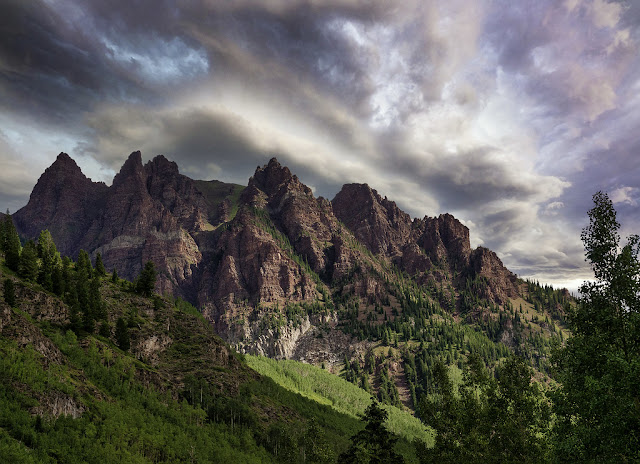Castlerigg Stone Circle is an enigmatic and ancient megalithic site located in the Lake District National Park in Cumbria, England. It is one of the most impressive and well-preserved stone circles in the country, and its origin and purpose remain a mystery to this day. In this article, we will explore the history, significance, and mysteries surrounding Castlerigg Stone Circle.
Introduction
Castlerigg Stone Circle is a megalithic site located in Cumbria, England. It is an ancient monument consisting of 38 stones arranged in an oval shape, and it is estimated to have been constructed around 3200 BC, making it one of the oldest and most impressive megalithic sites in England. The purpose of this article is to explore the history, significance, and mysteries surrounding Castlerigg Stone Circle.
The History of Castlerigg Stone Circle
The Construction of Castlerigg Stone Circle
The construction of Castlerigg Stone Circle is believed to have started around 3200 BC, during the Neolithic period. The stones used to build the circle were sourced locally, and their transportation and placement must have required a significant amount of skill and organization.
The Age of Castlerigg Stone Circle
Castlerigg Stone Circle is estimated to be around 5,000 years old, making it one of the oldest megalithic sites in England. The circle predates Stonehenge by about 1,000 years and is believed to have been used for a range of purposes, from ritualistic gatherings to astronomical observations.
The Evolution of Castlerigg Stone Circle
Castlerigg Stone Circle underwent several changes and additions over the years, with some stones being removed and others being added. In the early 20th century, several stones were re-erected to restore the circle to its original state.
The Possible Builders of Castlerigg Stone Circle
The identity of the builders of Castlerigg Stone Circle is unknown, but they were likely the prehistoric people who inhabited the area at the time. It is believed that these people had a complex society with sophisticated knowledge of astronomy, geometry, and engineering.
The Significance of Castlerigg Stone Circle
The Alignment of Castlerigg Stone Circle
Castlerigg Stone Circle is aligned with the surrounding mountains and landmarks, including Skiddaw and Blencathra, suggesting that it may have been used for astronomical observations or as a marker for the changing seasons.
The Connection of Castlerigg Stone Circle to the Sun and Moon
There is also evidence to suggest that the Castlerigg Stone Circle was used to mark the positions of the sun and moon. During the winter solstice, the rising sun aligns with the tallest stone in the circle, while during the summer solstice, the setting sun aligns with another stone.
The Ritualistic Significance of Castlerigg Stone Circle
Many researchers believe that Castlerigg Stone Circle was used for ritualistic purposes, including religious ceremonies and burials. The circle is thought to have been a sacred site for the prehistoric people who built it, and it may have been used as a place of worship or for communal gatherings.
The Role of Castlerigg Stone Circle in Prehistoric Society
Castlerigg Stone Circle is just one of many megalithic sites found across Britain and Ireland, and it is believed to have played an important role in the prehistoric society of the time. These sites are thought to have been a way for people to connect with the landscape and the natural world, and they may have served as a way to reinforce social ties and beliefs.
The Mysteries of Castlerigg Stone Circle
The Purpose of Castlerigg Stone Circle
Despite extensive research into Castlerigg Stone Circle, the purpose of the site remains a mystery. While it is believed to have been used for a range of purposes, from astronomical observations to religious ceremonies, its true meaning and significance are still unclear.
The Function of Castlerigg Stone Circle
Similarly, the function of Castlerigg Stone Circle is not fully understood. While it is believed to have been a significant site for the prehistoric people who built it, the specific role it played in their society remains unknown.
The Cultural Significance of Castlerigg Stone Circle
Castlerigg Stone Circle has also become an important cultural symbol, representing the ancient history and heritage of the British Isles. It has inspired writers, artists, and musicians, and it continues to capture the imagination of people from all over the world.
The Legend of Castlerigg Stone Circle
According to local legend, the stones of Castlerigg Stone Circle were once a group of dancers who were turned to stone as punishment for dancing on the Sabbath. While this story is unlikely to be true, it highlights the enduring fascination and mystery surrounding the site.
The Current State of Castlerigg Stone Circle
The Protection of Castlerigg Stone Circle
Castlerigg Stone Circle is protected by law and is a scheduled monument, which means that it is illegal to damage or interfere with the site in any way. The circle is also surrounded by a low fence to prevent visitors from climbing on the stones.
The Preservation of Castlerigg Stone Circle
In recent years, efforts have been made to preserve Castlerigg Stone Circle for future generations. The site has undergone several restoration projects, including the re-erection of some of the stones and the removal of vegetation that could damage the site.
The Tourist Attraction of Castlerigg Stone Circle
Today, Castlerigg Stone Circle is a popular tourist attraction, attracting visitors from all over the world who come to marvel at its ancient beauty and mystery. It is also a site of spiritual significance for many people, who come to meditate or hold ceremonies in the circle.
The Future of Castlerigg Stone Circle
As a unique and important part of Britain's cultural heritage, Castlerigg Stone Circle will likely continue to be protected and preserved for future generations to enjoy. Its mysterious history and significance.

















.jpg)
.jpg)
.jpg)
.jpg)
.jpg)
.jpg)
.jpg)
.jpg)














